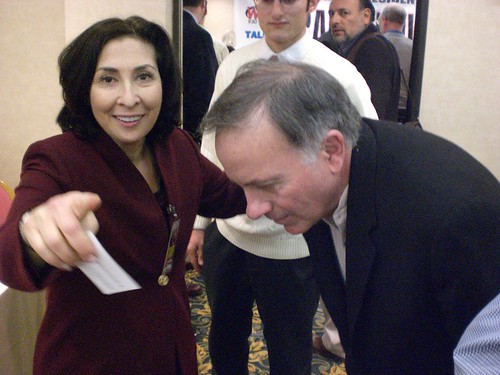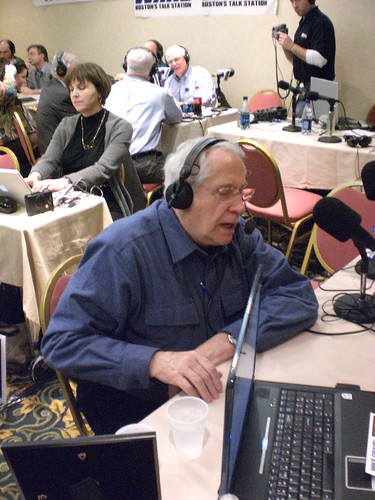 By Marianne Hill
By Marianne HillShe could have been my daughter, or my neighbor’s daughter. Carnesha Nelson was a bright, attractive 19-year-old college student who unfortunately became the obsession of a young man who worked on her campus. He hounded her and wouldn't take no for an answer. The night he assaulted her, she ran screaming from him, pounding on the doors of neighboring apartments. Residents called the police, but did not let her in. He caught and killed her.
January is stalking awareness month, an appropriate time to assess our treatment of stalkers, and unfortunately "awareness" is lacking. Most are not aware that stalking that ends in violence is not uncommon. Each year there are many young women who say no to boyfriends and suitors, and lose their lives as a result. Over 1,100 women were killed by intimate partners in 2005, and another 860 by male acquaintances, with women from 18 to 30 years old the most at risk. However the number of women killed by stalkers is only a fraction of those affected by the violence: over one million protective orders are issued annually by the states to protect women from assault or stalking. Stalking is a growing problem on college campuses where over 20 percent of college women report fearing for their safety as a result of being stalked, according to a 2004 study cited by the National Center for Victims of Crime.
The suffering inflicted by stalking is great. Fearing for their safety, victims will often move, change jobs, or drop out of college and training programs to elude their pursuers. If they rely instead on protective orders, they can expect to find an angry stalker taunting them at their home or workplace: over 69 percent of protective orders for women are violated, according to a 1996 Justice Department survey. At times the stalker is not even served with papers notifying him of the protective order, since budget priorities lie elsewhere. In many states, some victims cannot even apply for protective orders: teens under 18 years old or women who have never dated their stalkers may not have this legal recourse. These same women may also be ineligible for access to women's shelters.
The first anti-stalking law went into effect in 1990 in California, and such laws now exist in all the states. The states and several college campuses remain in the process of working out effective protocols for dealing with stalkers. Anti-stalking laws can be a strong deterrent to violence, but only if effectively enforced. In a few cases, a serious discussion with the stalker may be all that is needed. But persistent stalkers, who ignore court orders and pose a threat to the victim, must face certain arrest and jail time, if such stalking is to be stopped. However, only 44 percent of persons violating a protective order were arrested, according to the National Center for Victims of Crime.
Stronger protections for women who are stalked would save the lives of thousands of women, and would increase the security and well-being of the young adults on our college campuses. The funding of the necessary interventions should be a high priority.
A shift towards such a policy requires a change in national attitudes. Our communities will be better off when we get tough on stalkers: the young, good-looking college student or businessman who persistently stalks and threatens his ex-girlfriend with violence is a threat not only to her, but to her family, friends and co-workers and should serve time. Our legal system must in fact protect those whose only crime is to have chosen the wrong partner, or in some cases, simply to have become the obsession of the wrong person. The need is urgent. Without such protection, many more lives will be unnecessarily lost to violence, and millions of young adults will lack the safety and security they need to flourish.
-----------------------------------------------------------------------------
Hill is a Jackson economist and a founder and member of the Mississippi Coalition for Women.





